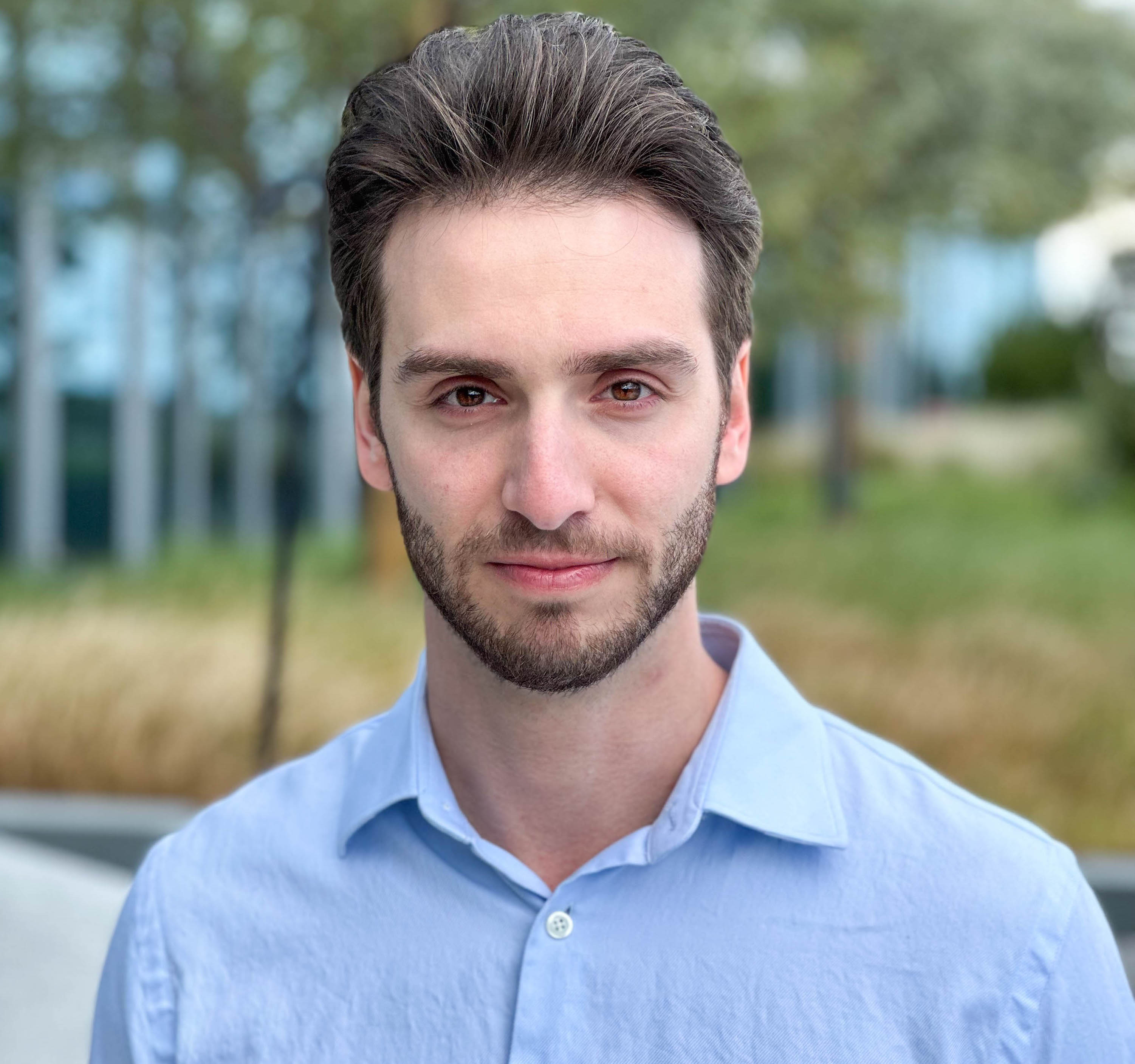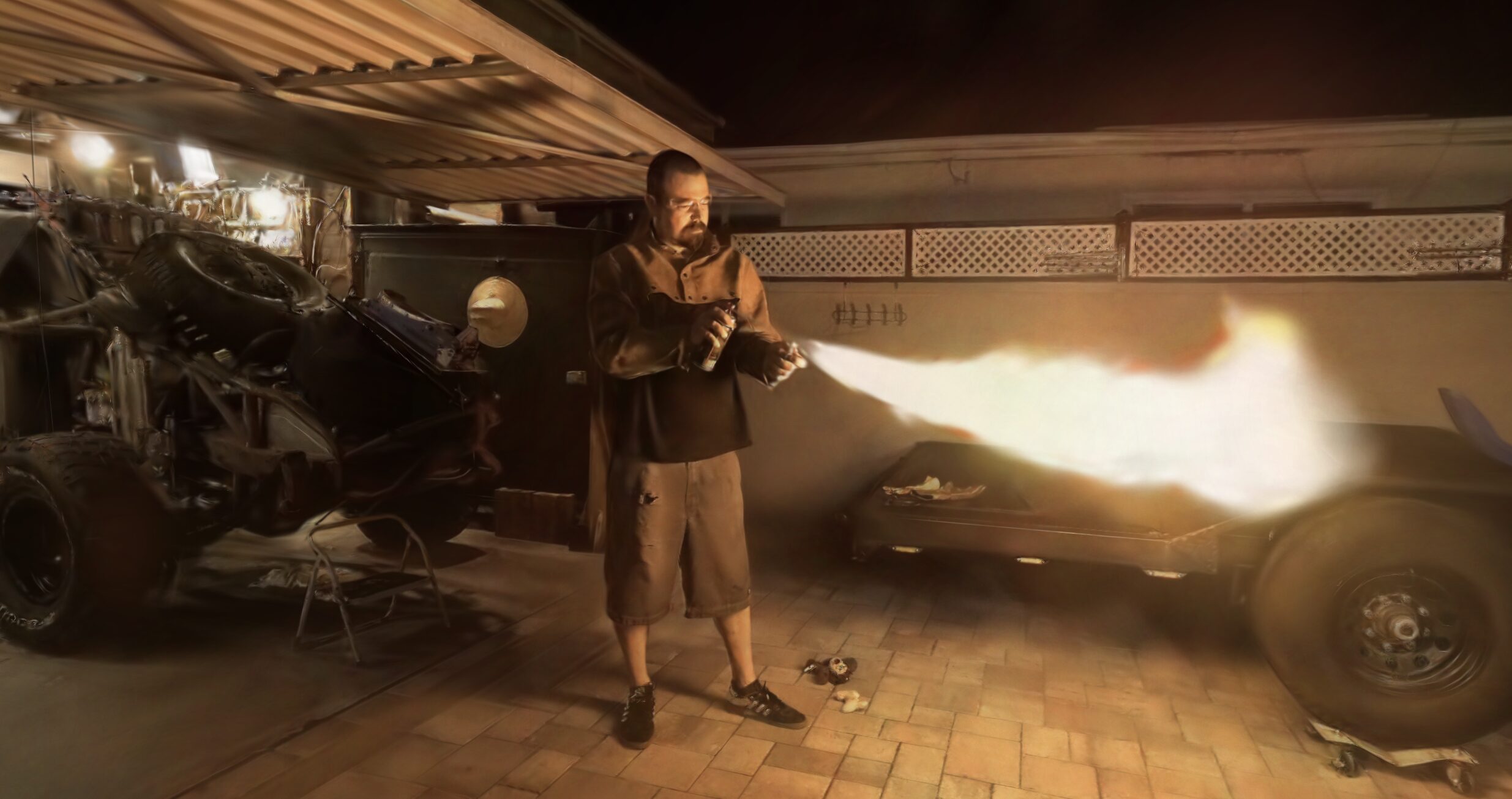In the evolving landscape of Neural Radiance Fields (NeRFs), each new development brings us closer to overcoming the challenges of rendering lifelike, scalable digital worlds. Innovative papers, like ZipNeRF and Tri-MipRF have pushed anti aliasing NeRFs forwards; PyNeRF, or Pyramidal Neural Radiance Fields, stands out as another exciting new method.
PyNeRF, emerging from two of the same brilliant minds behind VR-NeRF at Meta Reality Labs, and Carnegie Mellon University, present a approach by leveraging spatial grid resolutions. The two additional authors, are also the authors of Mega-NeRF.
This method doesn't just maintain the enchanting lifelike outputs we've come to expect from NeRFs; it ensures these outputs gracefully scale with the NeRF's size.
This isn't the first attempt at tackling aliasing— papers like Zip-NeRF, Tri-MipRF, and most recently Mip-Splatting all do this. However, with each implementation, I get more excited because of the results they generate. The trend continues here with PyNeRF.
Enter PyNeRF; no, not Pie-NeRF. PyNeRF dramatically accelerates NeRFs while maintaining high-quality rendering across different scales. PyNeRF introduces a simple yet effective modification to the grid-based models by training multiple model heads at different spatial grid resolutions. During rendering, PyNeRF intelligently uses coarser grids for larger volumes, ensuring efficient rendering without compromising quality. It's also promising that their method is able to be adapted easily into any existing grid rendering approach.
Imagine a pyramid divided into several horizontal layers, with each layer representing a different level of detail. At the top of the pyramid, the highest layer, you have the finest level of detail. This is akin to PyNeRF when it's "zoomed in" closely on a scene, processing intricate details with high-resolution models. Here, the focus is on capturing the smallest features and textures with utmost precision.
As you move down the pyramid, each successive layer represents a slightly coarser level of detail. These middle layers of the pyramid are like PyNeRF operating at a mid-range zoom. At these levels, the focus shifts from fine details to more general features of the scene. The models used here are designed to balance detail with broader coverage, suitable for rendering larger volumes without needing to delve into the minute specifics.
Finally, at the base of the pyramid, the lowest layer, you find the coarsest level of detail. This is comparable to PyNeRF when it's "zoomed out," processing large areas of the scene with low-resolution models. The goal here is not to capture fine details but to provide a broad overview of the scene. The models at this level are optimized for speed and efficiency, covering vast areas quickly, albeit with less focus on detail.
PyNeRF dynamically selects the appropriate "layer" or resolution of processing based on how "zoomed in" it is on a particular part of the scene. When focusing on fine details, it operates at the top of the pyramid, and when rendering larger, less detailed areas, it works from the lower levels. This flexible approach allows PyNeRF to efficiently render scenes with varying levels of detail, ensuring high-quality results while optimizing processing time and resource use.
The authors have also published a very helpful video for not only understanding their method, but how NeRFs work.
PyNeRF's solution lies in its ingenious method of leveraging spatial grid resolutions to enhance both rendering speed and quality. In essence, they are trying to make sure that the beautiful lifelike outputs that we have become familiar with NeRFs scale, as the NeRF does in size.
PyNeRF trains a series of models, each at a distinct scale. This creates a pyramid-like structure of models, with each level corresponding to a different spatial resolution. Like traditional NeRF, PyNeRF samples multiple positions along each camera ray. However, it differs in how it processes these samples. Instead of treating each sample uniformly, PyNeRF assesses the volume each sample covers. Based on the size of the volume a sample covers, PyNeRF queries the corresponding level of its model hierarchy. For larger volumes, it accesses coarser levels of the pyramid, and for finer details, it utilizes models trained at higher resolutions.
To balance quality and speed, PyNeRF employs a linear interpolation strategy between two model evaluations – one just larger and one smaller than the target volume. This method ensures high-quality rendering without significant overhead.
So with these steps in mind, what does that achieve?
PyNeRF significantly improves rendering quality, reducing error rates dramatically across various datasets. Compared to methods like Mip-NeRF, PyNeRF achieves a training speed up to 60 times faster, making it viable for real-time applications. The hierarchical model structure allows PyNeRF to efficiently handle scenes at different scales, a crucial factor for diverse applications. PyNeRF was trained ontop of nerfstudio, so perhaps we will be seeing PyNeRF as a supported third party method within the nerfstudio library.
Both Tri-MipRF and Zip-NeRF appear to be concurrent works and I would love to see how the three match up against one another, or how the strongest parts of each methods can be combined. All three methods utilize cone-casting, instead of ray casting. I tend to notice that cone casting appears to give better fidelity results, but I am no researcher. So I asked one of the foremost NeRF engineers in the world about why cone casting hasn't been universally adopted and he told me it can be a challenge to sample a cone efficiently. Often, the cone is approximated by casting multiple rays, leading to more computational overhead— some researchers feel that reallocating that compute cost to other parts of the model are better spent.
There is so much exciting work happening all right now and it feels like watching a TV show progress in the middle of a great arc, with the knowledge that the upcoming arcs are somehow even better.
The implications of PyNeRF's capabilities are vast. Imagine digital worlds on the scale of Google Maps (I will have an exciting article coming about Google Maps sometime soon), rendered with photorealistic detail. The potential applications range from immersive virtual reality experiences to detailed architectural visualizations and beyond.
More from Michael Rubloff













